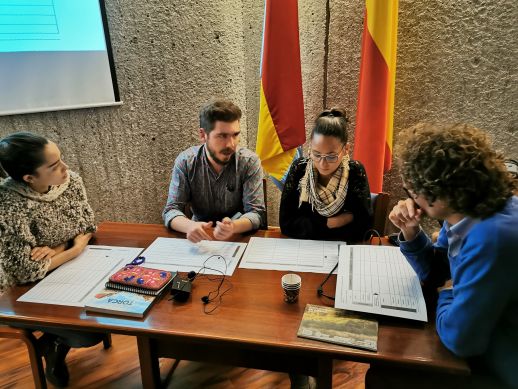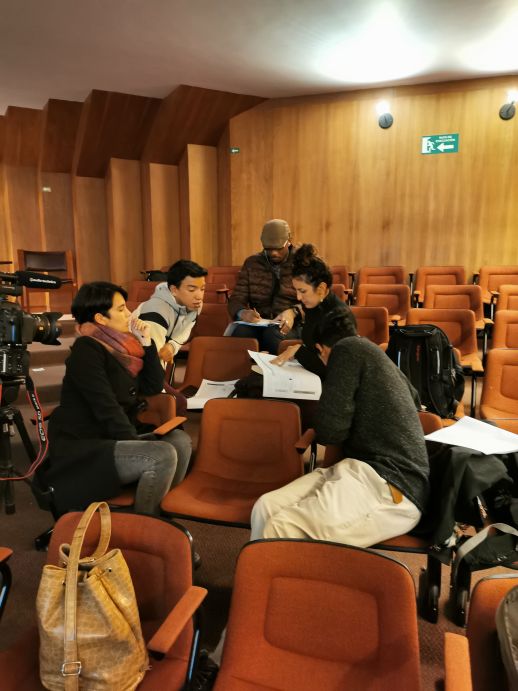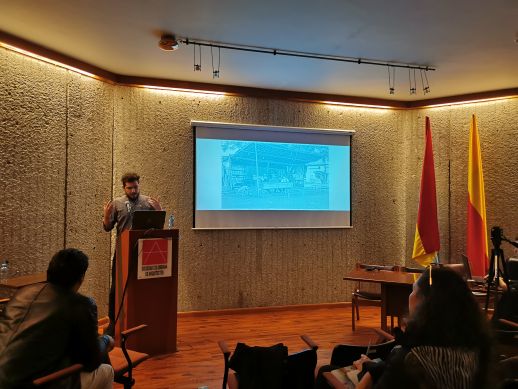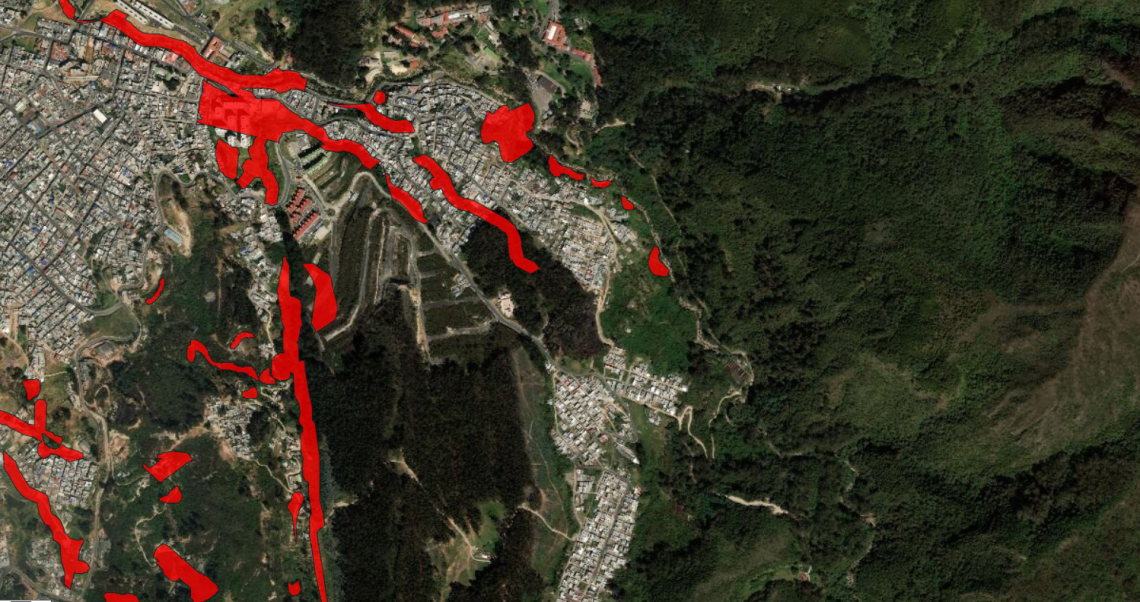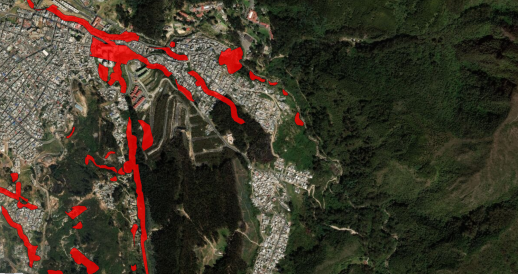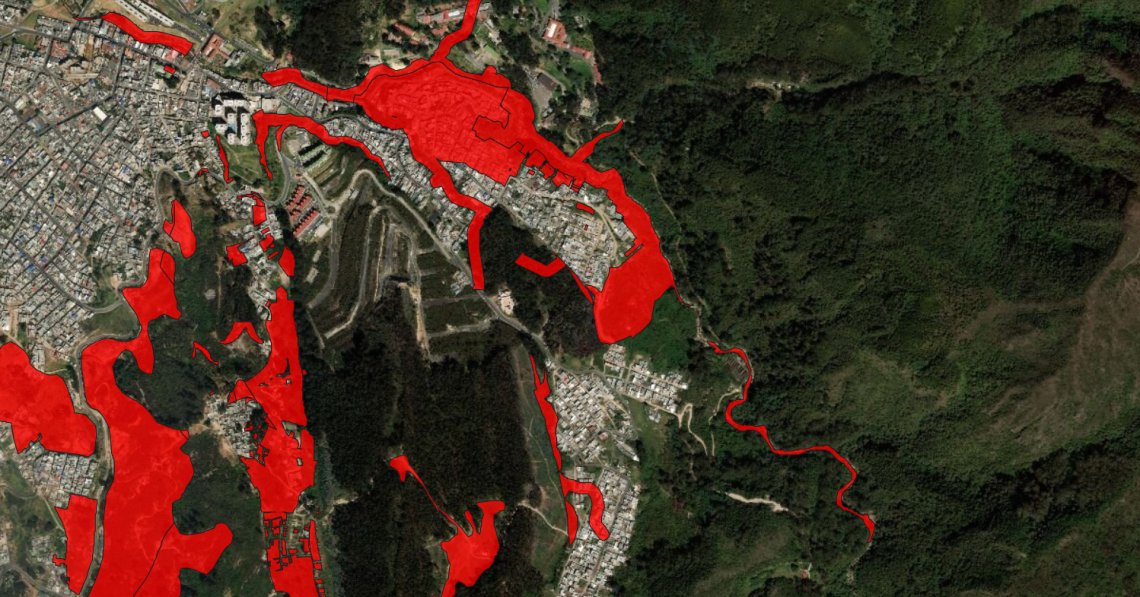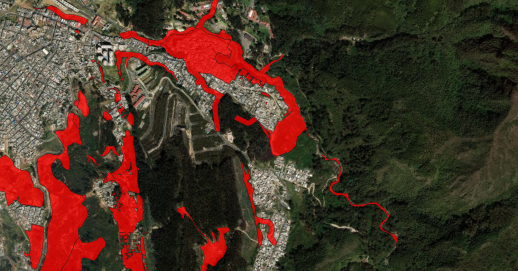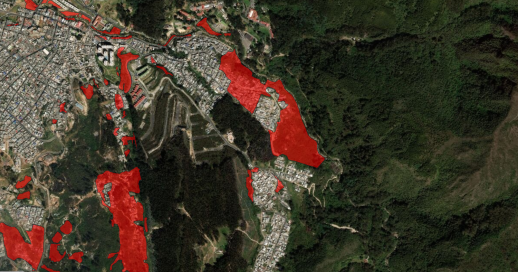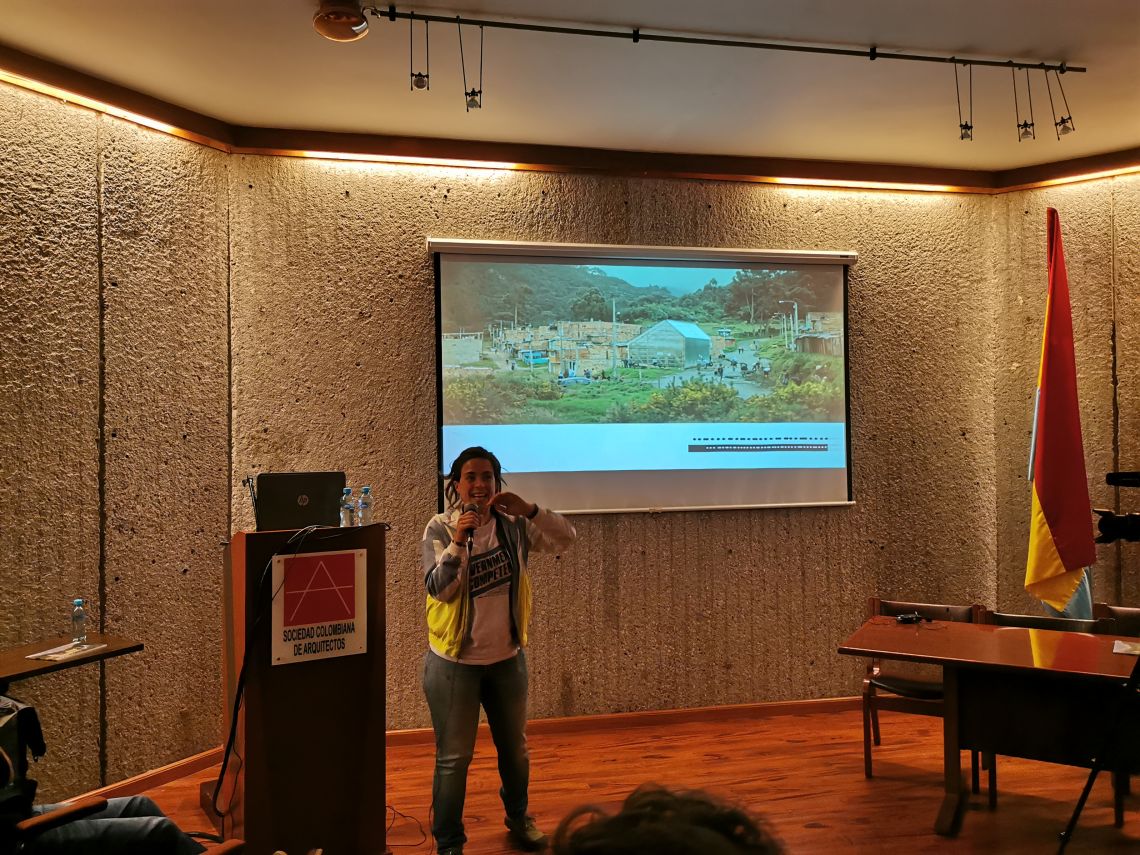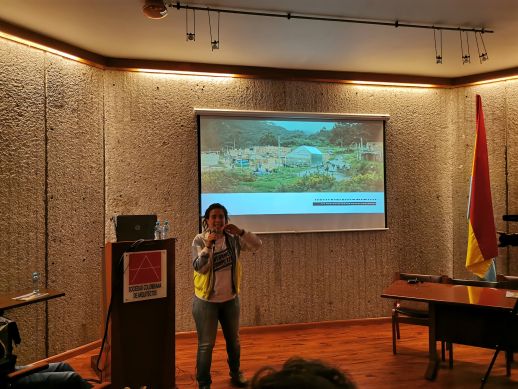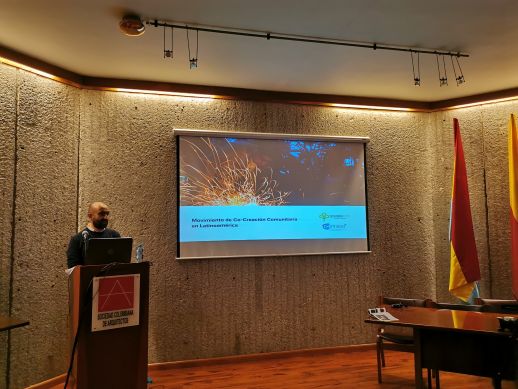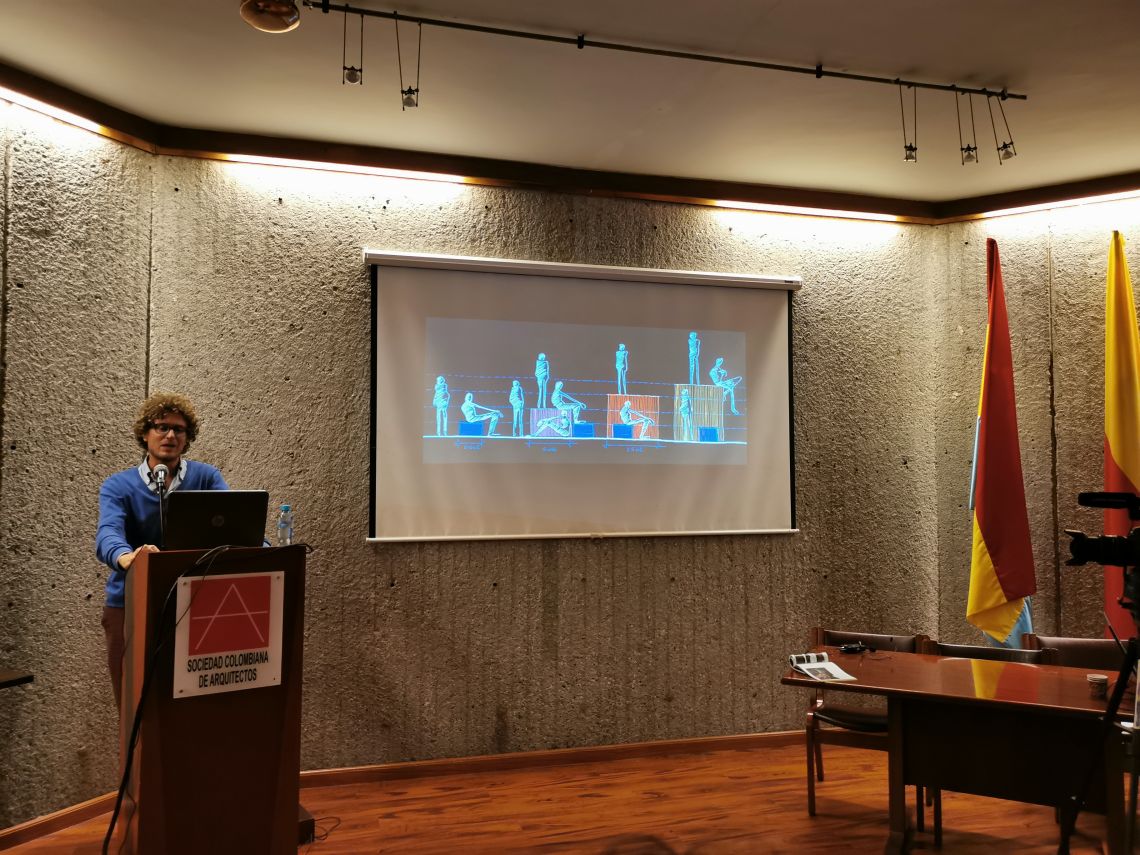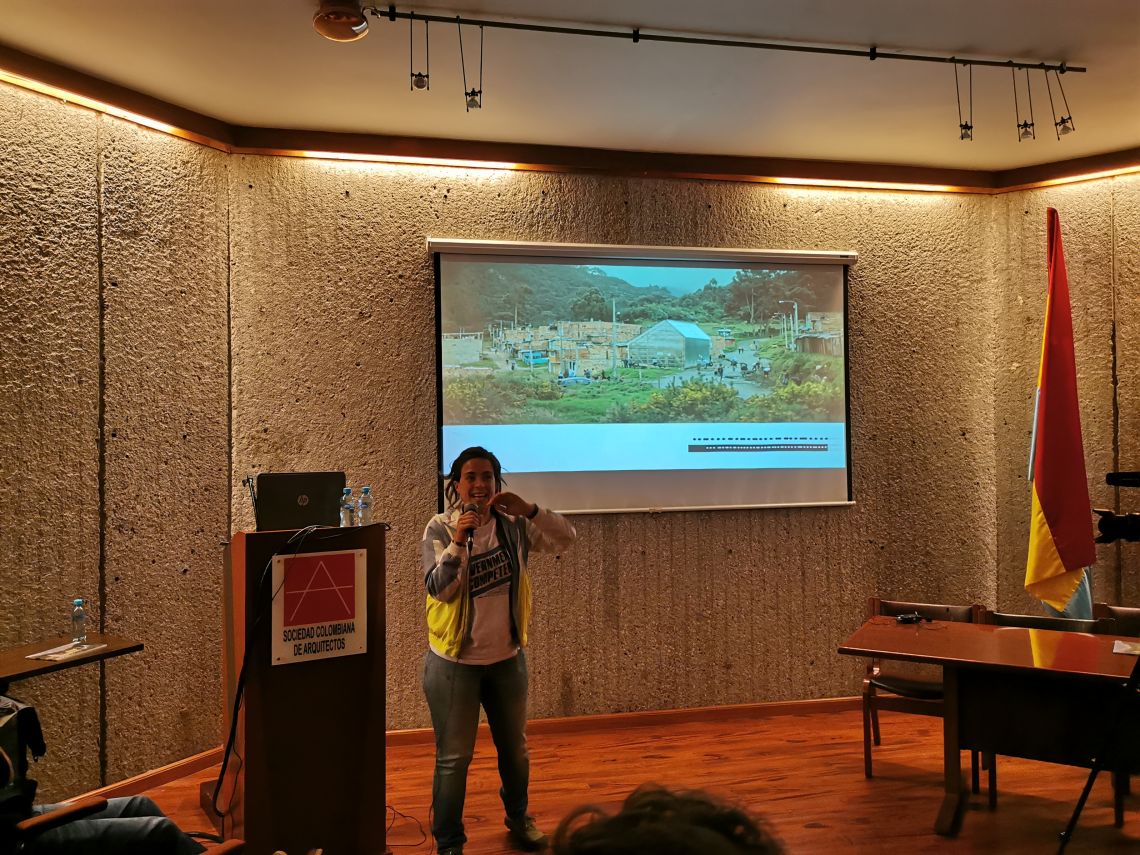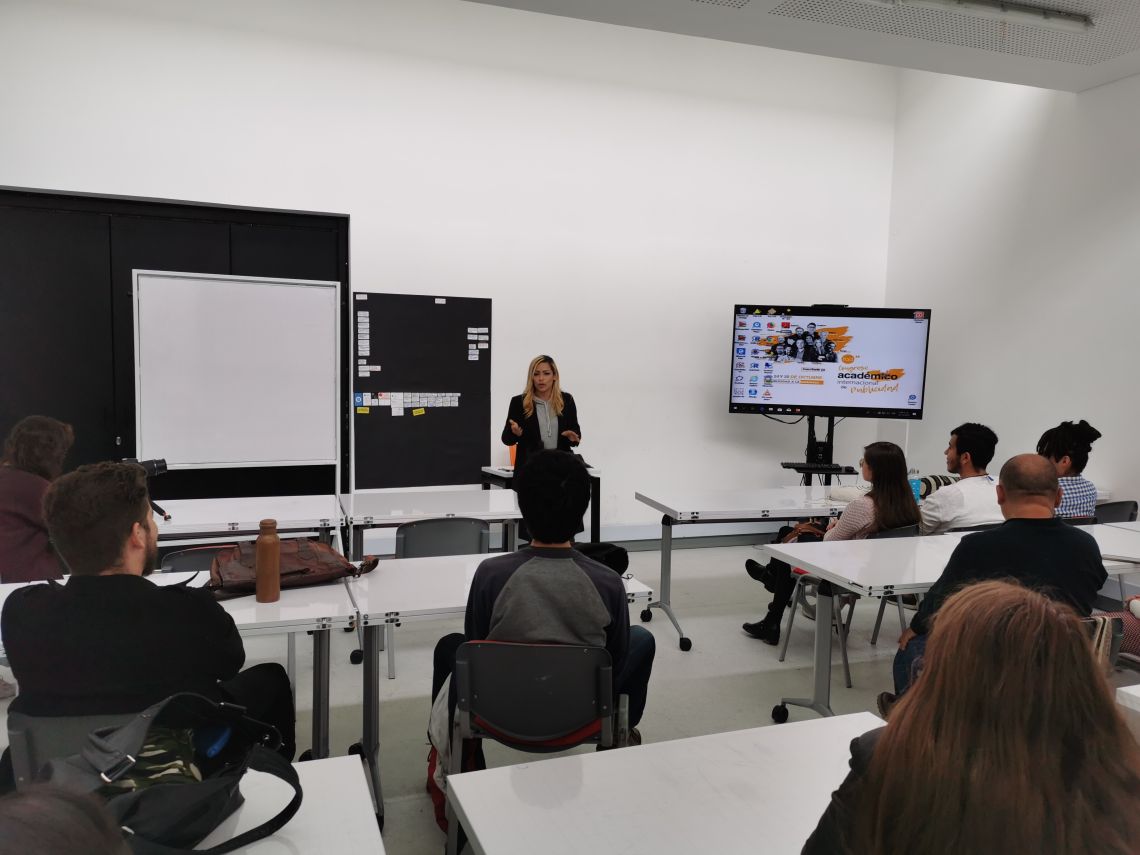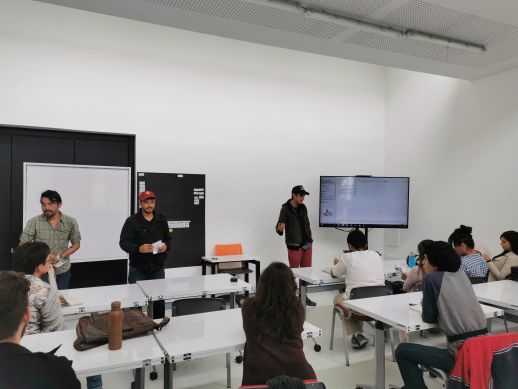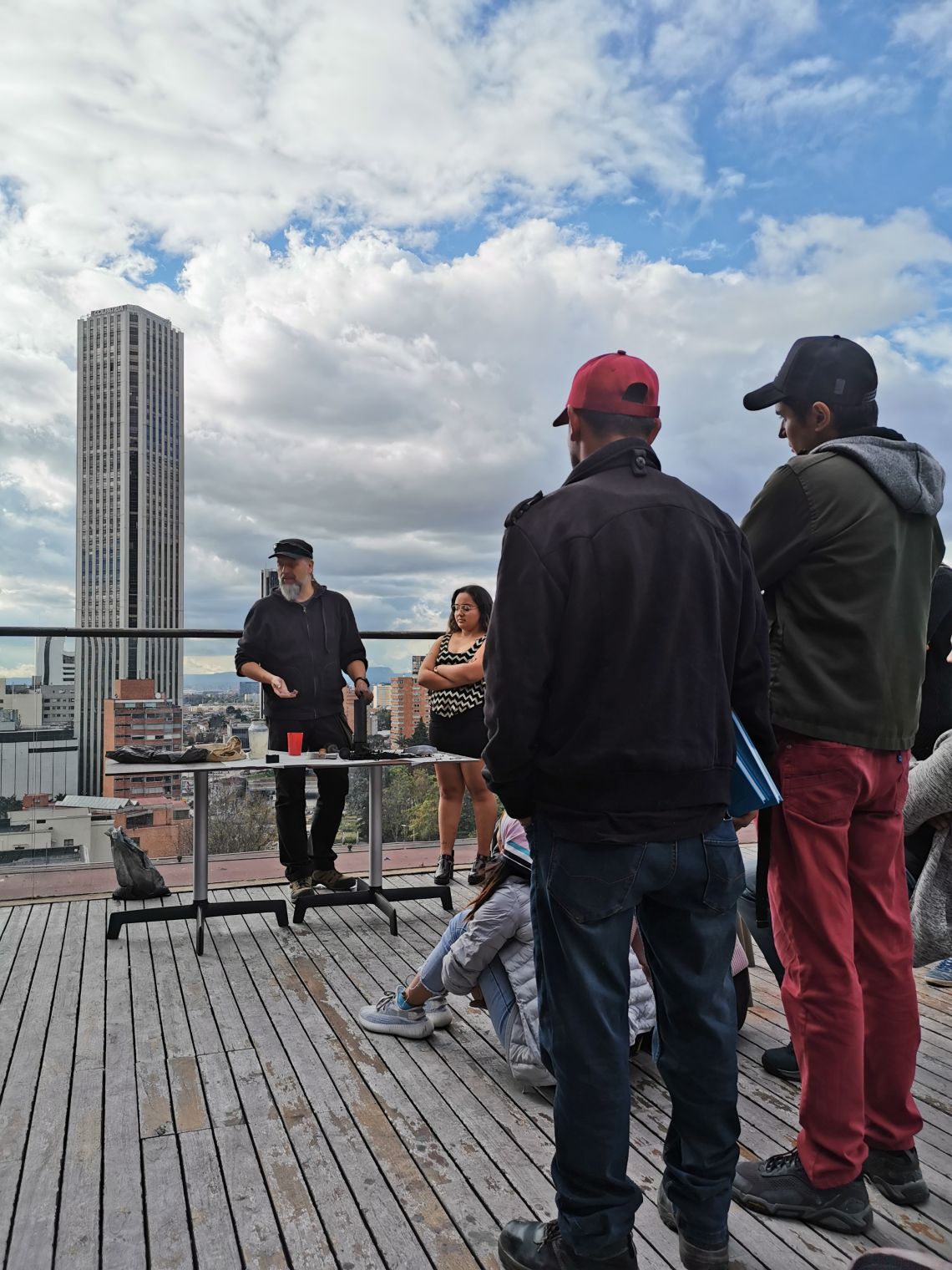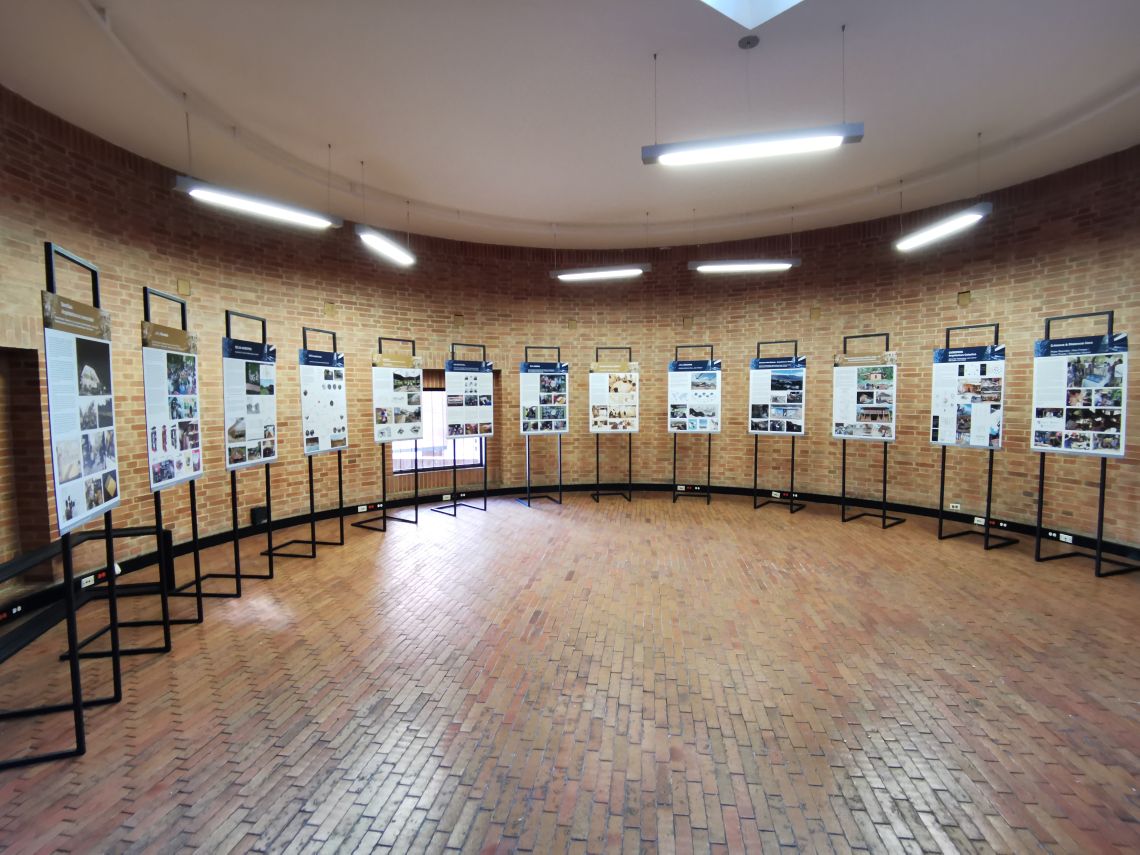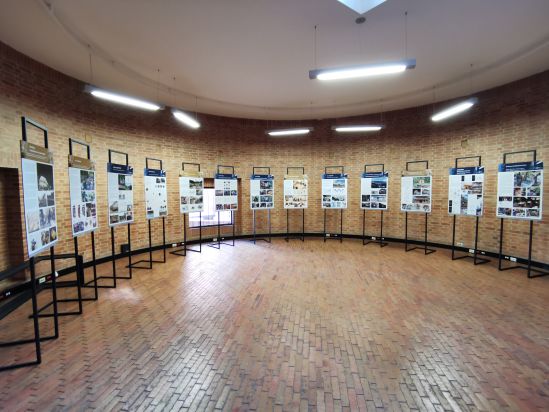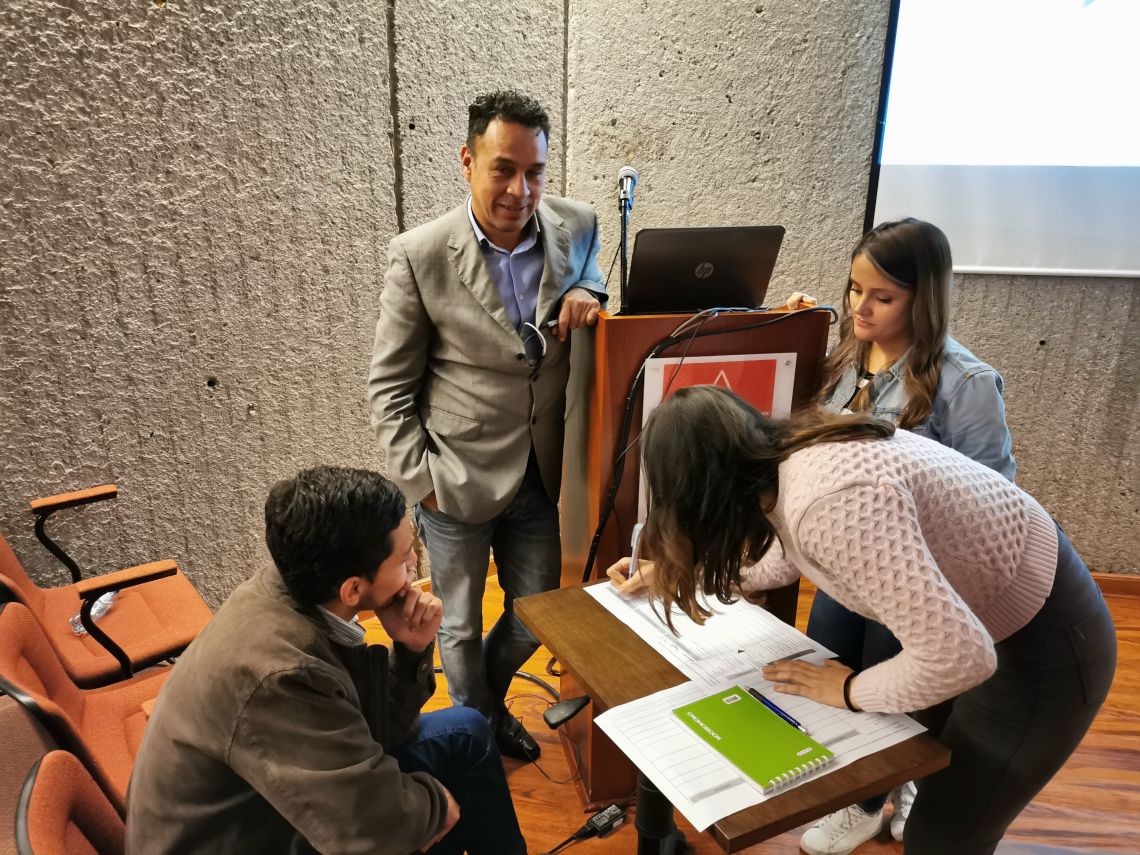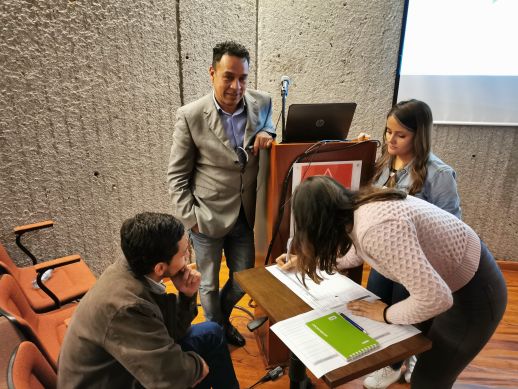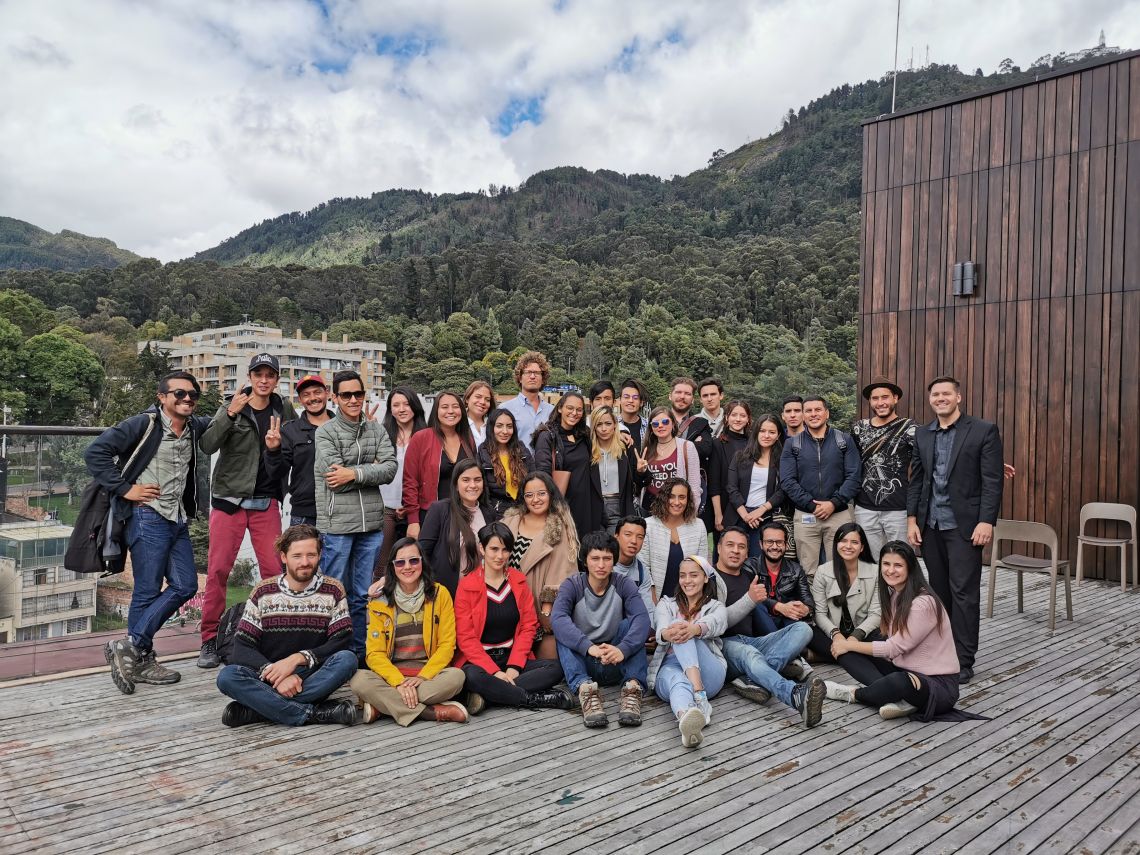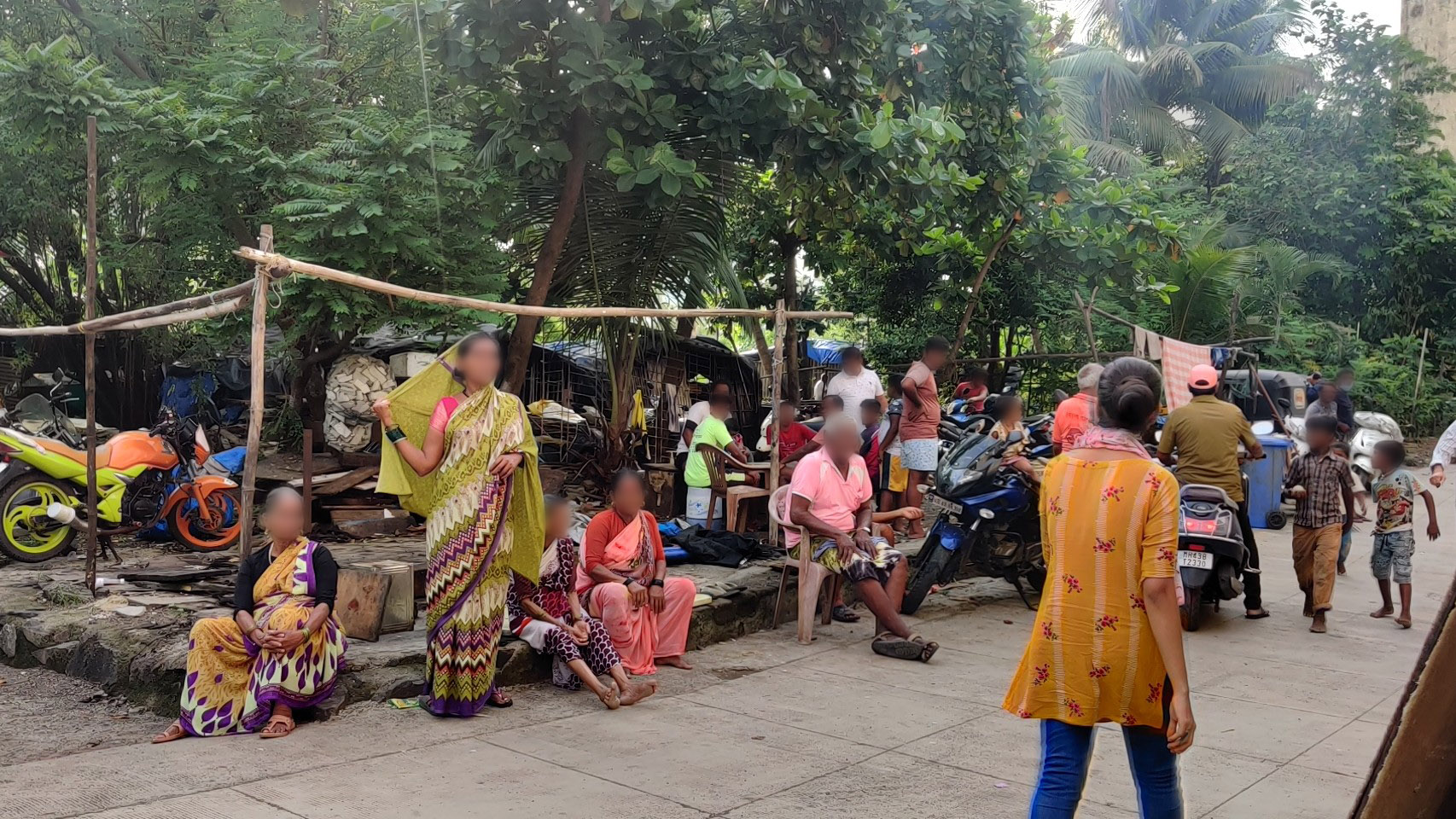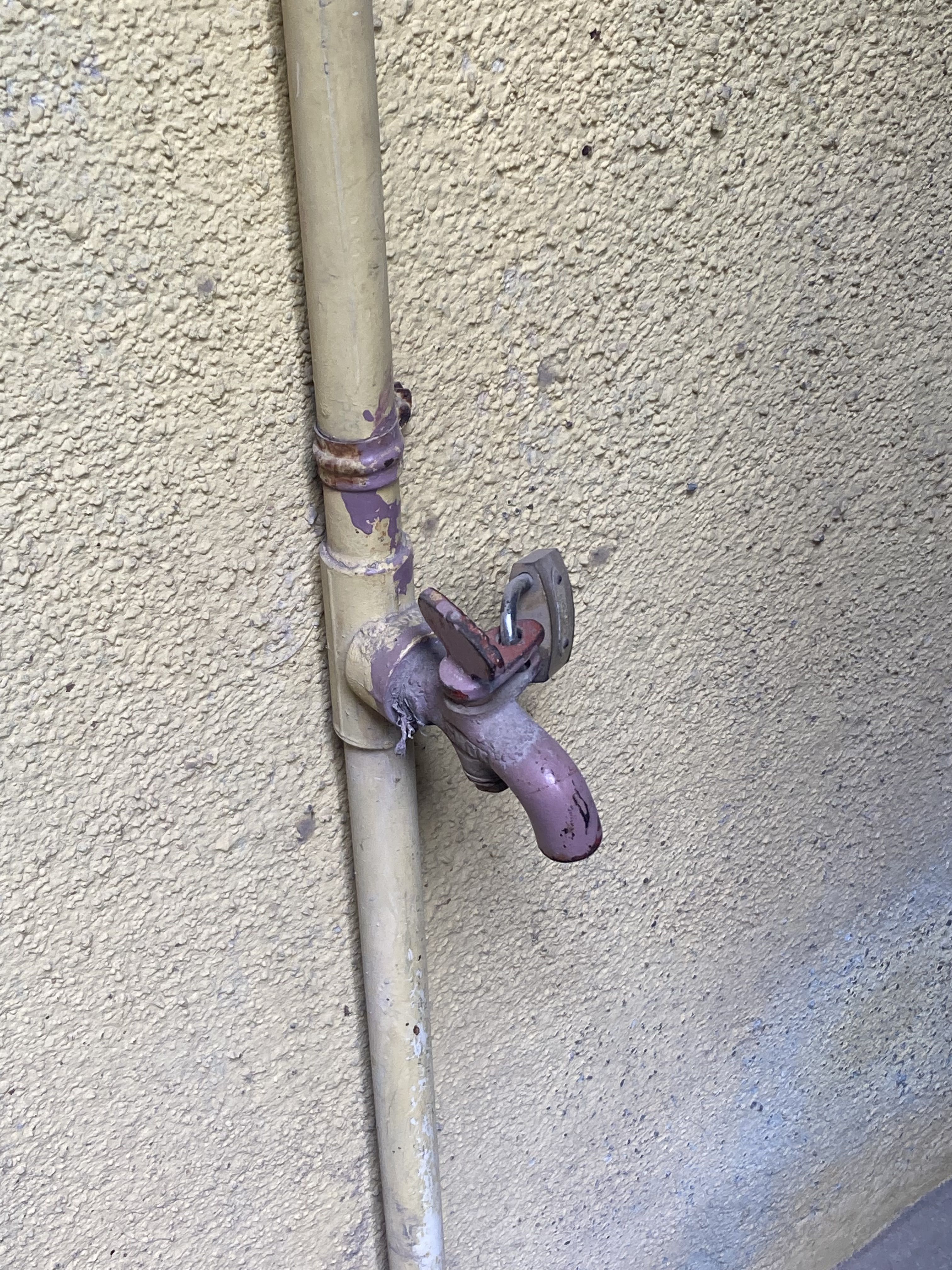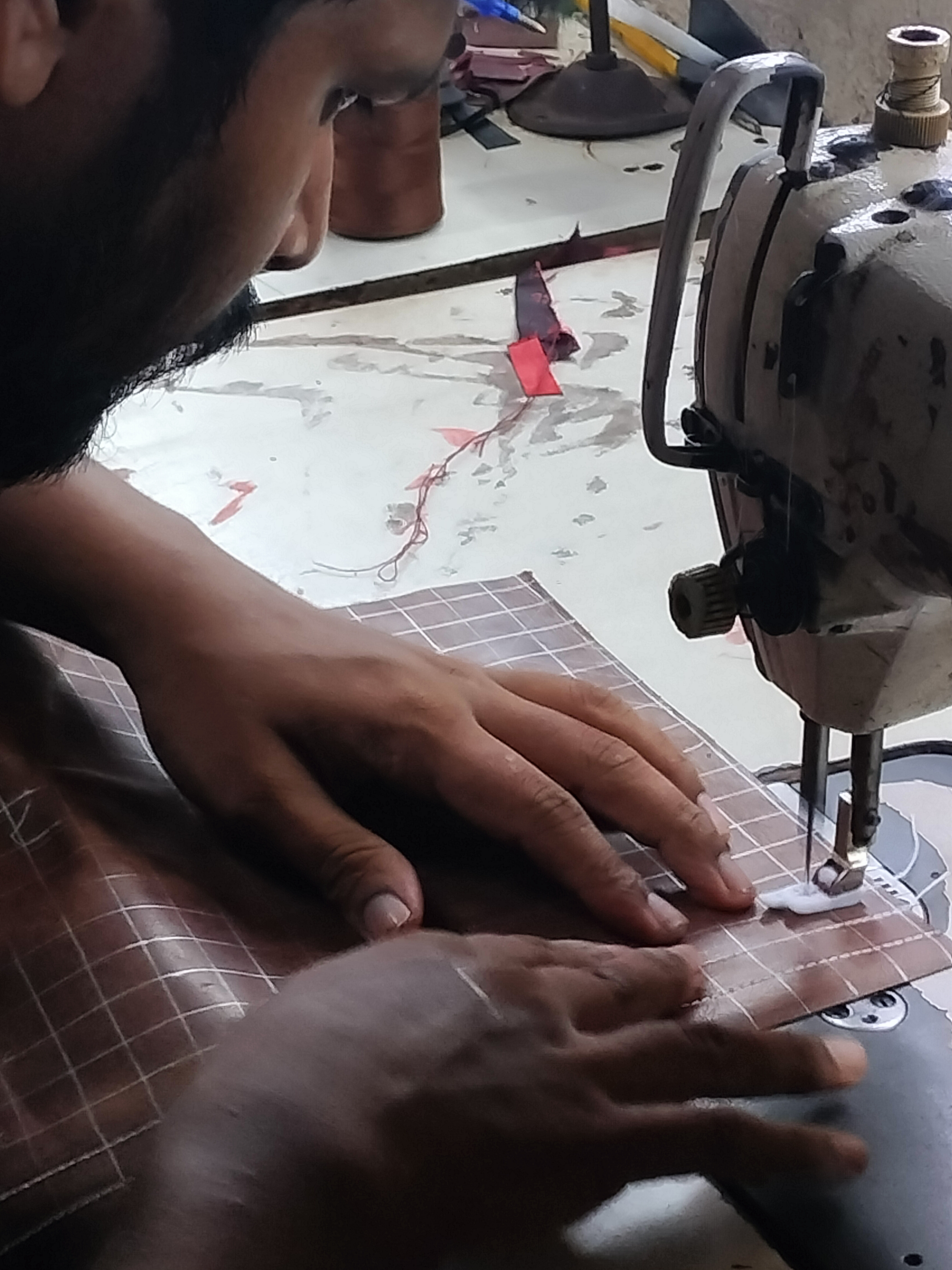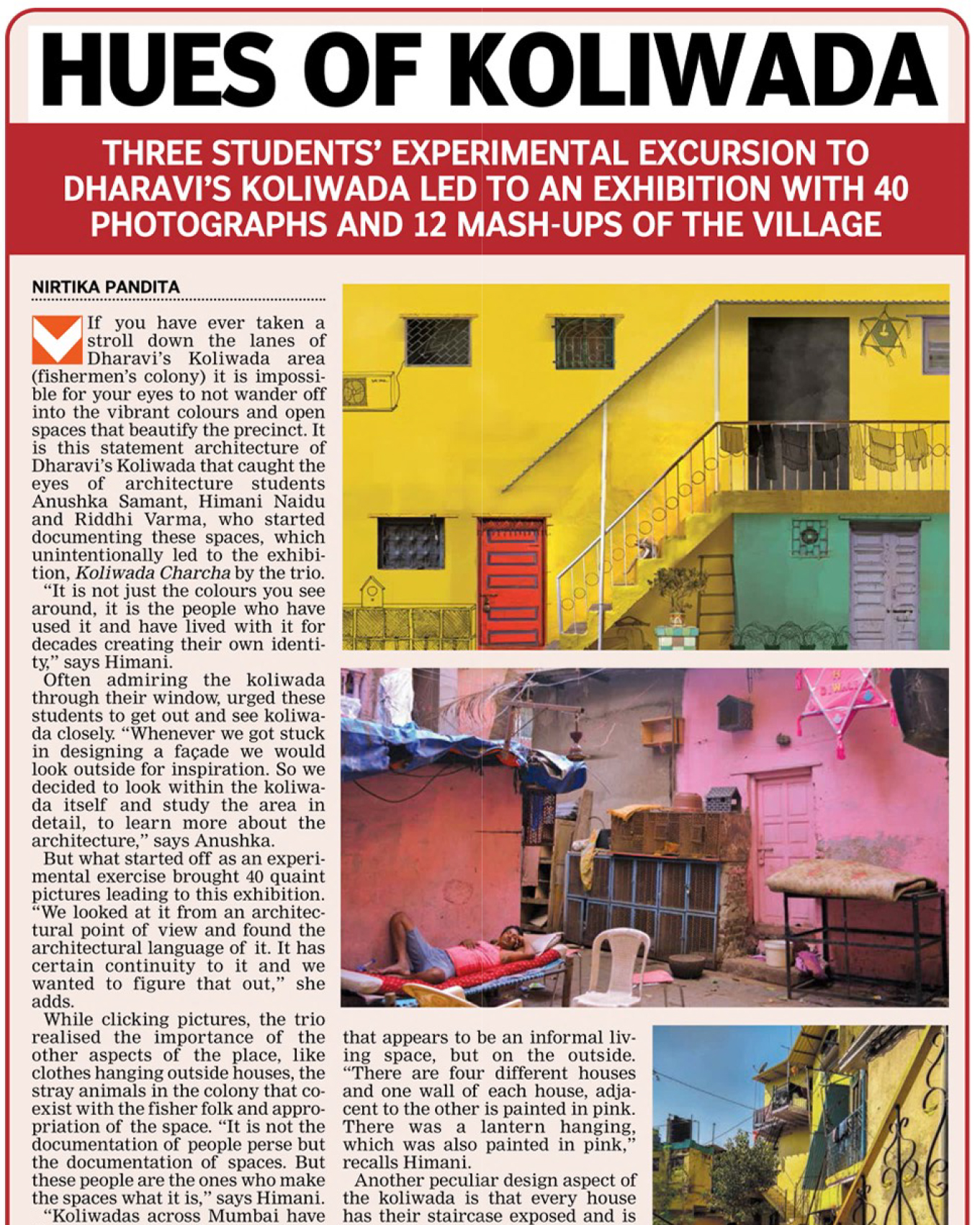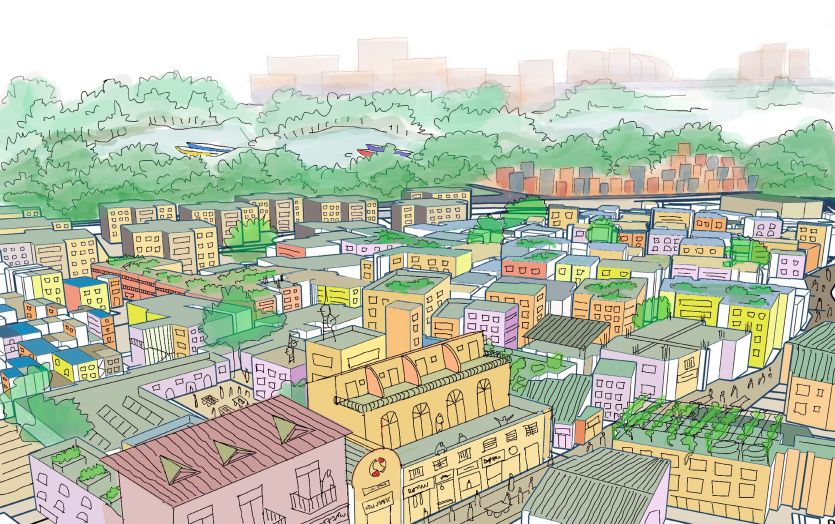Urban Actions and Emergent Architecture: Community Architecture 2019

Urban Actions and Emergent Architecture: Community Architecture 2019
During the 25th and 26th of October the first event to ever bring together community leaders, architecture colectivos, professors and students was held in the capital city of Colombia, Bogotá. The “Urban Actions and Emergent Architecture:Community Architecture 2019” encounter’s goal was to promote a series of fruitful conversations around the topic of community architecture in order to promote collaboration amongst these different stakeholders and the co-creation of a 2020 agenda. As Hector Alvaréz, community leader of Los Cerros Orientales and leader of the “Eco Barrios” initiative says, if politicians and companies have their Agenda 2020 then we must too, have a 2020 Agenda.
With the presentations of Eco Barrios, C-Innova, Pirates de Ramirez, Fase Medusa, Enmaterial architecture, Arquitectura Oximoron, Observatorio Urbano Hábitat of the La Salle Lab, Proyecto Escape, Arquitectura Expandida, Chaal Chaal Agency, Huertopia Fucha, different topics were exposed but everyone present had similar conclusions: the difficulty to access funding, the changing criteria followed by the government to address occupation and risk mitigation, and the need for all stakeholders to support each other from university to community and community to professionals.
The event began with “Proyecto Escape” a local NGO led and founded by community leaders of the Cazuká community who have been working in the locality of Altos del Pino for the last 20 years. In partnership with the "Observatorio Urbano" of the La Salle University they’ve developed the Casa Raíz initiative that seeks to engage students with real life problems. The project led by Laura Sanabria architect and director of the Observatorio Urbano with a specialization in the psychology of Architecture speaks of the beauty of not the buildings they’ve developed but the processes.
She explained alongside Miguel Zambrano, director of “Proyecto Escape” how their process begins with therapeutic sessions with the community members, where they seek to find what is common between all of them, exploring what unites them as a community.
Proyecto Escape understands that there is no community development without empowerment and self-management and this can only be achieved through a psychological process that must happen in each one of the community members.
“Community development is always a direct consequence of personal growth,” explains Laura Sanabria. Proyecto Escape focuses not only on dreaming on physical spaces but working with the interior and personal space of each community member, reason why they carry therapeutic sessions once every 8 days during 4 months. From these encounters they discuss project proposals and capacities in the community, who knows how to do what?, who can do what?, Who can have responsibility for what? These conversations result in projects as small as a kitchen, or a dwelling but that represents the internal growth of a household or a person who did not think he/she deserved a worthy and pleasing home, and that today can make a living from this kitchen, or who’s life has improved enormously thanks to small changes in his home.
This is achieved through a strong relationship between organization and community, the organization will only give as much as the community gives back.
Engaging the community in the construction project in tasks as demanding as building 1200 BTC blocks, speaks of that reciprocity between the organization and the community and how this trust relationship is constantly being tested,a constant battle against the “¿para cuando mi casa?” [When am I getting my home?]
One of the most important points presented by "Proyecto Escape" is one of their financing schemes “Experiencia Escape” which provides universities from abroad with a volunteering, hands on community experiences organized and managed by Proyecto Escape creating not only a source of income for construction projects but a huge volunteer force for these interventions.
The event then welcomed a self-proclaimed community coach that certainly needs an instagram account to reach as many people as he possibly can, Hector Alvarez. Hector’s loud and contagious laugh has led the “Eco-Habitat” initiative in los Cerros Orientales, creating a balance between human settlements and nature.
What began as a battle to stay in the lands tagged by the government as “Parque Natural Protegido” evolved into a new proposal of a way of life in balance with everything that surrounds this community.
Hector’s life has been a constant negotiation between the government and his community in order to reach agreements, starting with a Border Pact, taking on the responsibility of not allowing the growth of the community to protect nature. Followed by coexistence agreements to determine how life in the “Eco Barrios” should be in harmony with nature. It was Hector’s mother that made him realize the value of their settlement and how the fight was worth the while, understanding that the resettlement of dwellers doesn’t guarantee their quality of life in new environments. Hector explains how he had to wear many hats to mobilise people. He used his Coach hat to motivate people into believing it was possible to stay in these lands, then he used his expert hat in certain areas where he needed to truly understand his territory. Hector reflected on how external actors, be it the government, companies or promoters, all have their own motives.
These motives are disguised as security measures, land tenure ship laws, nature protection laws, etc. Hector firmly believes that the onus is on the community to thoroughly understand their territories and impede external actors from determining their fate.
He believes universities must be a resource for the community, giving them the necessary expertise or tools to defend the areas they occupy thus helping them develop a narrative that legitimises their presence. Hector urged universities to teach communities how to defend themselves against external actors. He encourages a collaborative partnership between universities and communities, such as the case of La Salle and the Cazuca community with Projecto Escape.
Next, the group received its first international speaker Sebastian Trujillo, that through Chaal Chaal Agency operates in both Colombia and India. Sebastian explained how “Structural Violence” is the systematic exclusion of citizen’s rights, preventing their access to education and medicine, amongst other human rights.
Chaal Chaal Agency understands that infrastructure is more than just buildings but are a series of processes that happen in the urban life and that can be temporary or evolutionary. In the fast changing Indian city, space can be considered to be in a liquid state of constant change, therefore infrastructure must adapt and evolve with the city, understanding the new needs the city and its inhabitants pose.
This, hand in hand with the concept of frugality, working with what is readily available, have driven the agency to collaborate with students and develop temporary infrastructure in the form of their “Paani Lari” and “Kitaab Lari.” Using basic Lari structures, the carts traditionally used by street vendors, the Paani Lari is able to provide filtered water through the community of New Faisal Nagar in the city of Ahmedabad, and the Kitaab Lari is able to create a temporary space of quiet for the children of New Faisal Nagar to read and study. Due to its movable and adaptable structure it can be carried through the homegrown neigbourhood easily by one person and reach many more children and people than a static building would be able to reach. Chaal chaal proposes a new way to address structural violence in Indian homegrown neighborhoods, and opened the discussion to how this could be adapted to the colombian context. Colombia also suffers from serious structural violence, due to the state banning the construction of permanent structures in unplanned areas of the city not yet recognized by the government thus hindering citizen access to basic services.

Arquitectura Expandida, developed on this by speaking of the uncertainty of territories like the Alto Fucha where people have been displaced due to mitigation of risk. Built homes were torn down, because they were standing on “unstable lands.” Ana Lopez Ortego, tried to showcase with her presentation that the criteria followed by the government to evaluate the stability of lands though was not consistent. She asked the audience to question whether it made sense that year after year, areas were considered at risk and the next year weren’t.
By showing the evolution of the same risk map held by the state as evidence to evict people she wondered if this “technical knowledge” was used to follow the interest of a certain party.
The evicted lands were fenced and then never used, so that the other neighbors had to live in the middle of the ruins of the evicted communities. As Hector Alvarez stated, communities need to know their land in order to defend it, if the Alta Fucha community had their own evaluation of the land to determine its risk, then perhaps the story would’ve ended differently.
Arquitectura Expandida also focused on explaining how state development plans seemed to ignore the existing communities of “Los Cerros Orientales”[The Eastern Hills]. Using “El Sendero de las Mariposas”[The Butterfly Trail] as an example, they explained how this touristic proposal by the state sought to introduce visitors to the flora and fauna of “Los Cerros Orientales” without recognizing the existence of a community in the midst of it all. Ana Lopez wondered why the proposal didn’t support the local economy by including Alto Fucha in the path of the “El Sendero de las Mariposas,” instead of trying to hide any evidence of their presence. Through their projects such as the “Casa de la lluvia (de ideas)” they promote active participation through a community project, from the idea and programming, to the materiality of the projects and the actual construction.
Professor Luca Bullard of the Universidad Nacional de Colombia, Sede en Medellín [The National University of Colombia, Medellín Campus] followed the line of Arquitectura Expandida showing his experience with first semester architecture students dedicating the design studio not just to design but the construction of small interventions in the University campus. The goal was to have students start directly handling materials and the impact an intervention could have in a place. They focused on endogenous materials such as plastic bottles, PVC tubes, plastic crates for soft drinks transportation, CDs, amongst many others.
Luca spoke of the importance of involving students as early as the first semester to actual construction of feasible projects with reduced budgets to promote their inventiveness and creativity.
To close off the first day of discussions, Pedro Reynolds presented his project, the Center of Innovation(C-Innova) that is creating a social innovation movement through community creativity.
C-Innova recognizes the inventiveness and creativity present in every person, and seeks to promote it and stimulate it through specialized workshops.The workshops implement a methodology developed by the MIT Development Lab that consolidates creative capacity through a cyclical process of trial, error and improvement. The community is always at the heart of the creation.
Recognizing the knowledge of those who directly work and deal with the problems from the community, community members, specialists and students are partnered up to develop prototypes to enhance and improve processes. These prototypes are built on site with a set budget and are tested by the users, recommendations and subsequent modifications are made until a final product is delivered. C-Innova proposes a side-to-side work dynamic with a hands on emphasis, where everyone gets involved.
The second and final day showcased some of the most committed community leaders and how leadership from within communities is the strongest promoter of change. These leaders might not have the technical knowledge to make improvements in their community but have the drive to obtain what they need in order to provide better opportunities for their communities. We began with the story of Janeth Castañeda, a former “ñera”[Colombian slang word for mugger] as she called herself and now community leader and director of “Proyecto Semillero de Paz y Vida”[Seedling Project of Peace and Life]. Coming from a troubled background and a life on the streets, Janeth can easily relate to kids and young adults in her community of Bosa who have gone down the wrong path.
Through her own empowerment, she seeks projects to reinsert them into society through community work and prove to them and their community that they can be different. She focuses on children, providing them with a space to explore arts, culture and dance, but she has been able to engage youth in cultural activities and through that engage them in community service.
One day they’ll be rapping and dancing hip hop and the next they will be helping an elderly woman paint her house. Janeth believes that through culture, art and service she can keep them off the streets and give them the tools that will add up to their future. Around Bosa District in Bogota they’ve done various improvement initiatives like murals to celebrate biodiversity and culture, gardening, and the rehabilitation of spaces to allow children to use them again. Janeth admits that it hasn’t been easy to engage the community into projects, and it’s also been complicated to maintain the spaces they’ve improved, but little by little, people have begun to respect their work.
“Los Piratas de Ramirez”[The Pirates of Ramirez] showcased a lot of similarities with Janeth’s work. Salado, community leader of Ramirez started an organization that highlights the “illegal” quality of his community proclaiming themselves as pirates.
Their playground project, in the form of a pirate ship, is not only the first playground in the Ramirez community but also the materialization of their cause to be recognized as a legal community with the same needs and problems as the planned city.
The pirate ship is built out of scrap materials collected by recyclers who call Ramirez home. The Pirate ship became a participatory project that allowed children to voice their needs and materialize them into a built playground. “Los Piratas de Ramirez” hold weekly activities in the playground and hope to develop a curriculum to be able to provide daily activities for children in Ramirez. They came to the Community Architecture Encounter looking for technical support for their projects, the pirate ship was built organically but they admit the need to develop projects with technical support. Salado has a deep understanding of the problems that affect his community, from drugs to gangs to violence, he wants his children's generation to have different opportunities than he had.
The work of “Piratas de Ramirez” showed the many parallels between their work in Bogotá and the work of “Trazando Espacios” [Tracing Public Spaces] in Caracas. I was able to share my experience as a Project Coordinator of the third Tracing Public Spaces workshop in the Naiguatá locality, an educational and empowerment program for children between 10-15 years old through a participatory design and construction project.
The program teaches children basic notions of public space and architecture, our role as citizens and our responsibility to improve our built environment.
Children learn photography and cartography in order to recognize their territory and show their community strengths and weaknesses of their environment and start the proposal of changes, which are put to vote by the community. When a space in voted upon and chosen, children learn about the measurements of objects, proportion, how to represent an idea in drawing, 3D models and grid representations and are asked to think outside the box. These ideas in the form of a 3D model are presented and voted upon by the community and then the construction process begins. Community members, parents, volunteers and children unite to work on the improvement of the space. Through this process children learn building techniques and the importance of team-work.
This work is important because it promotes leadership from an early age, which is necessary in the critical scenario Venezuela has been undergoing in which community leaders have been intimidated and attacked when they’ve decided to improve their community's conditions through non-government led initiatives. Sadly, this is the reality not only of Venezuela but also Colombia.
Hector Alvarez closed the day with the following remarks:
We must do a tough exercise here in Colombia, to reflect on the type of state that we have. The number one article of the Colombian Political Constitution states that we have a social democratic state of law, this though doesn’t seem true. What type of state do we have? A corporate state? A repressive state? What type of state do we have today? Are we a social state? I don’t think so, because institutions stand above society, and not alongside society.
In Colombia we have many spaces of civilian and democratic participation, but they are not binding, which means that democracy doesn’t truly exist in this country at the moment, unless the necessary reforms and alternatives are proposed to transform the current participation schemes to make them effective and definitive.
The goal is that we as citizens are able to transform, not to continue to advise but to be able to transform our realities. The rule of law for us [Colombians] is in its philosophy that structure that arises in the French Revolution around the defence of the poorest, today the state uses this rule of law against the settlers and its citizenship and has lost its essence as a mechanism of justiciability and defense of rights. Now the rule of law is used against the citizenship. We need to think of new ways to build leadership in Latin America, we must think of ways to be able to commit to the everyday practice of social action and collective action to be able to transform from within our territories the world.
The work of all architecture collectives, community leaders, professors and students present in the Urban Actions and Emergent Architecture:Community Architecture 2019 event are proposing these new forms of radical democracy and citizen-driven planning where people can engage directly in the production of their built environment.

